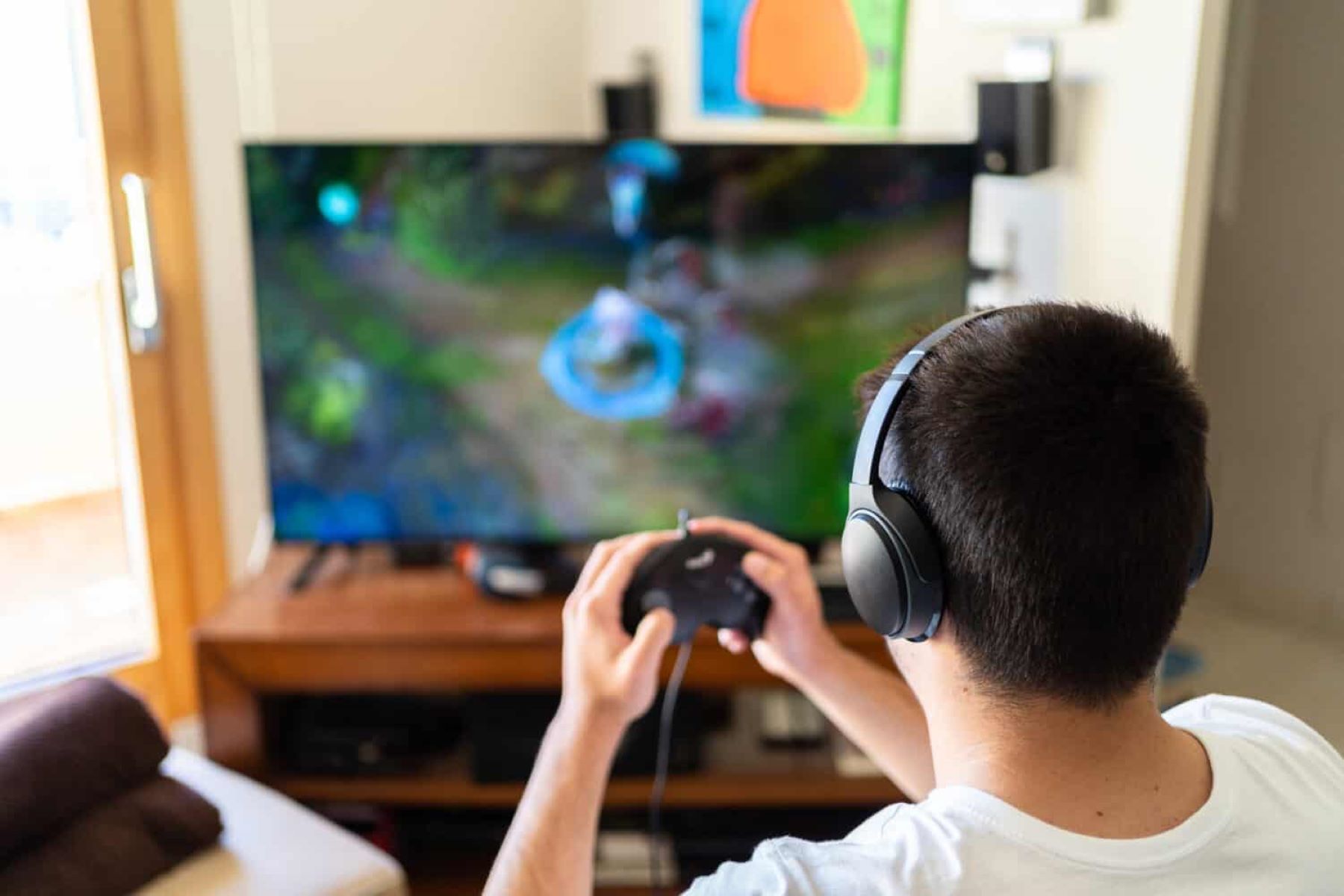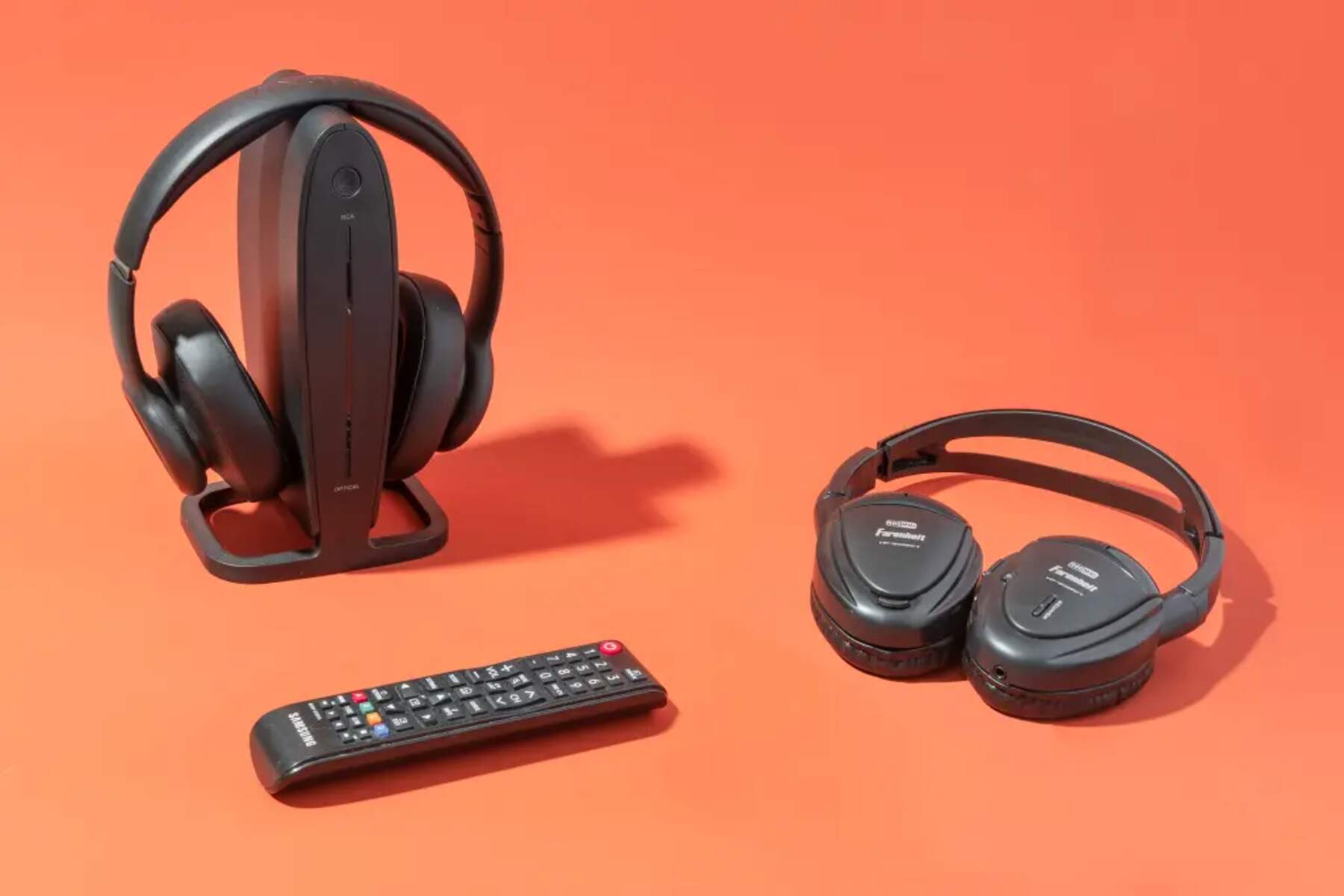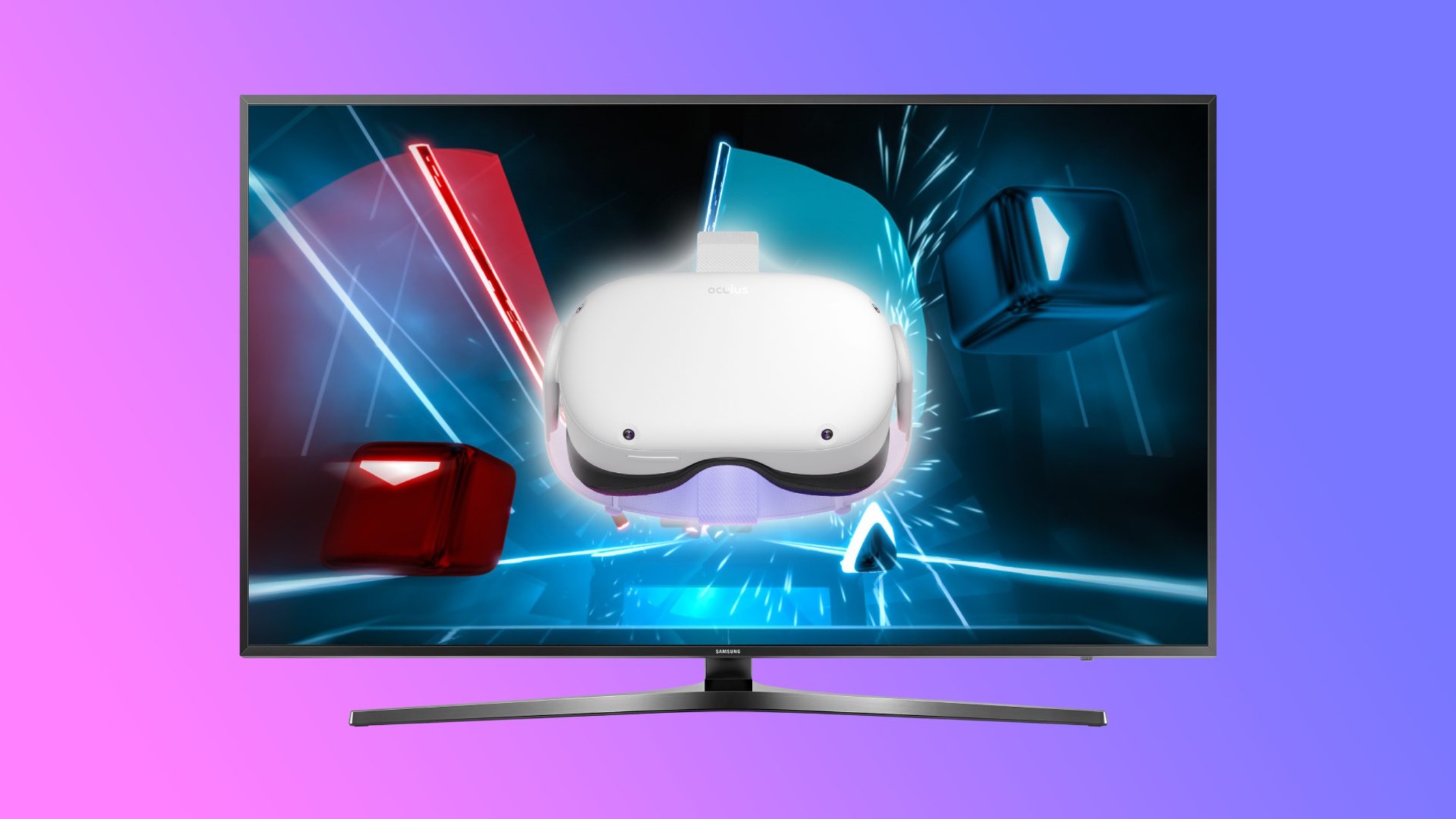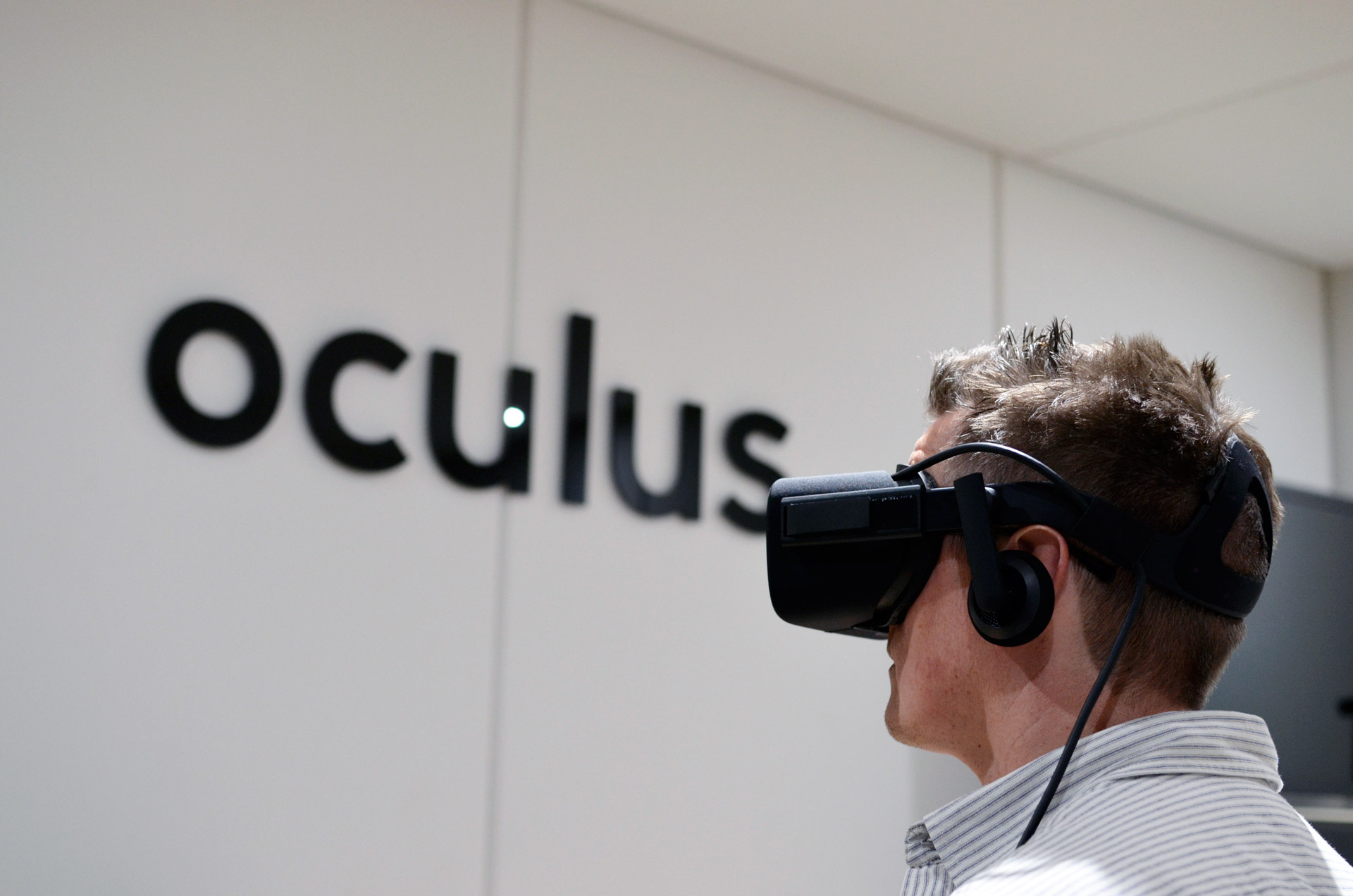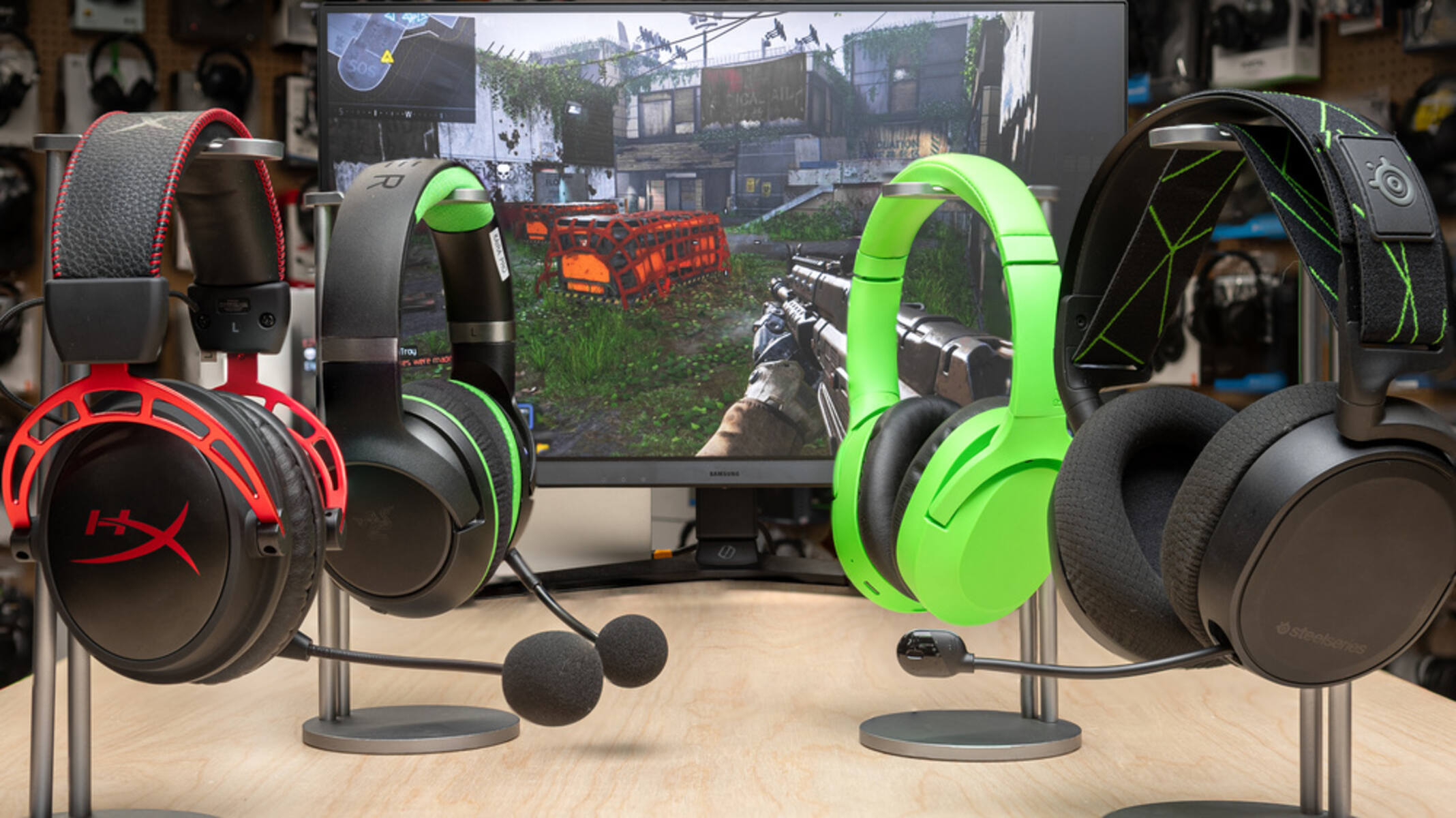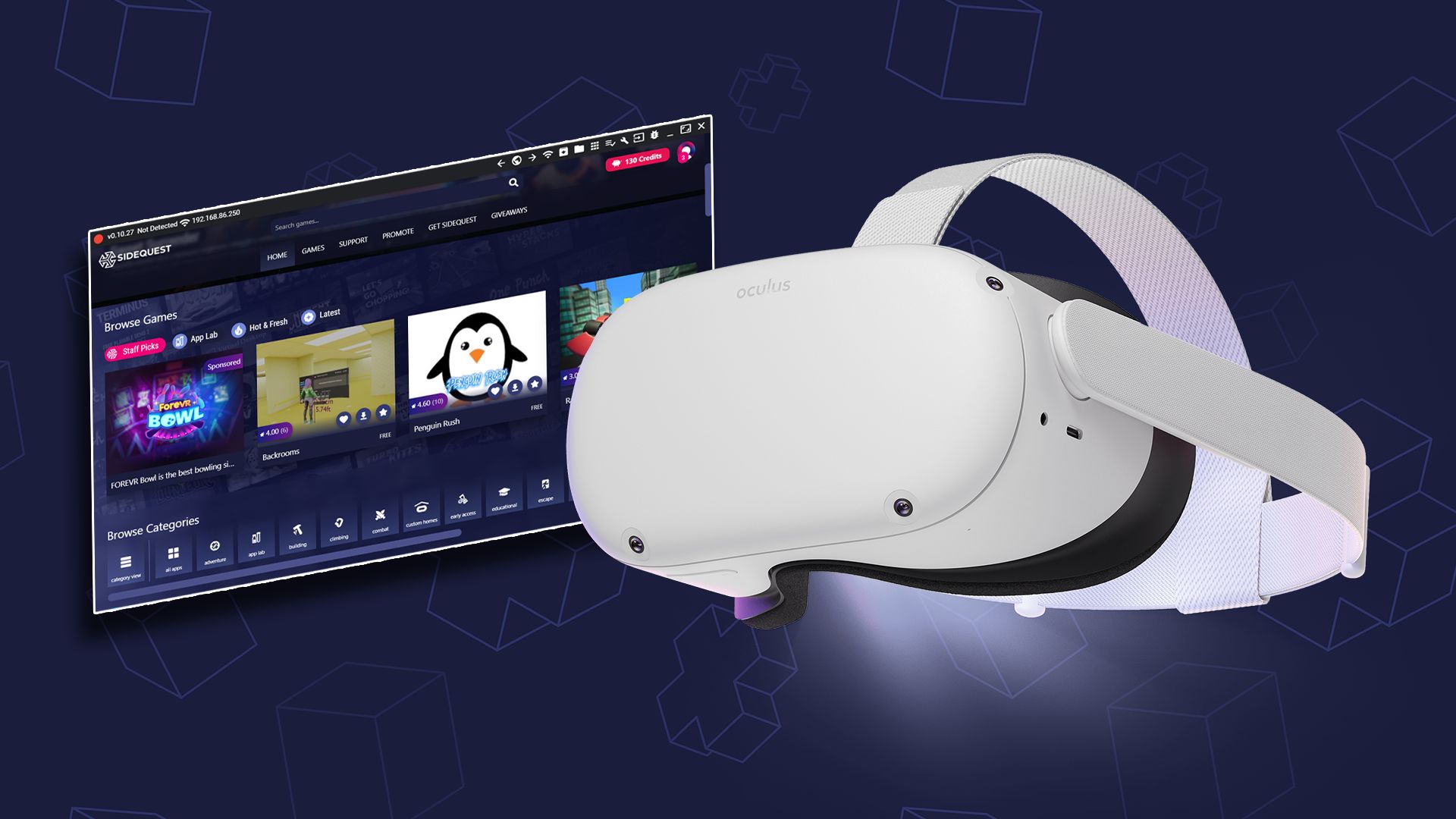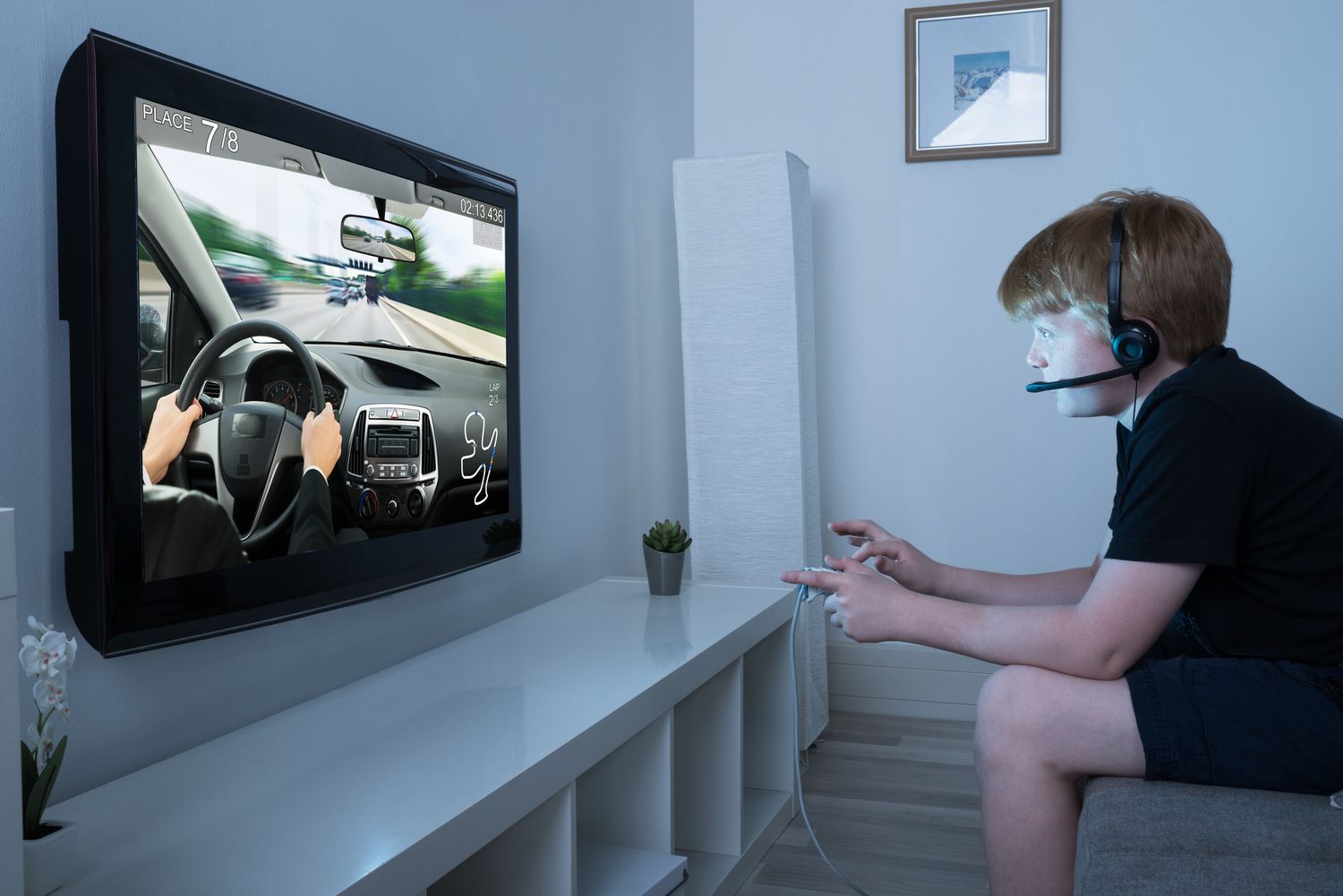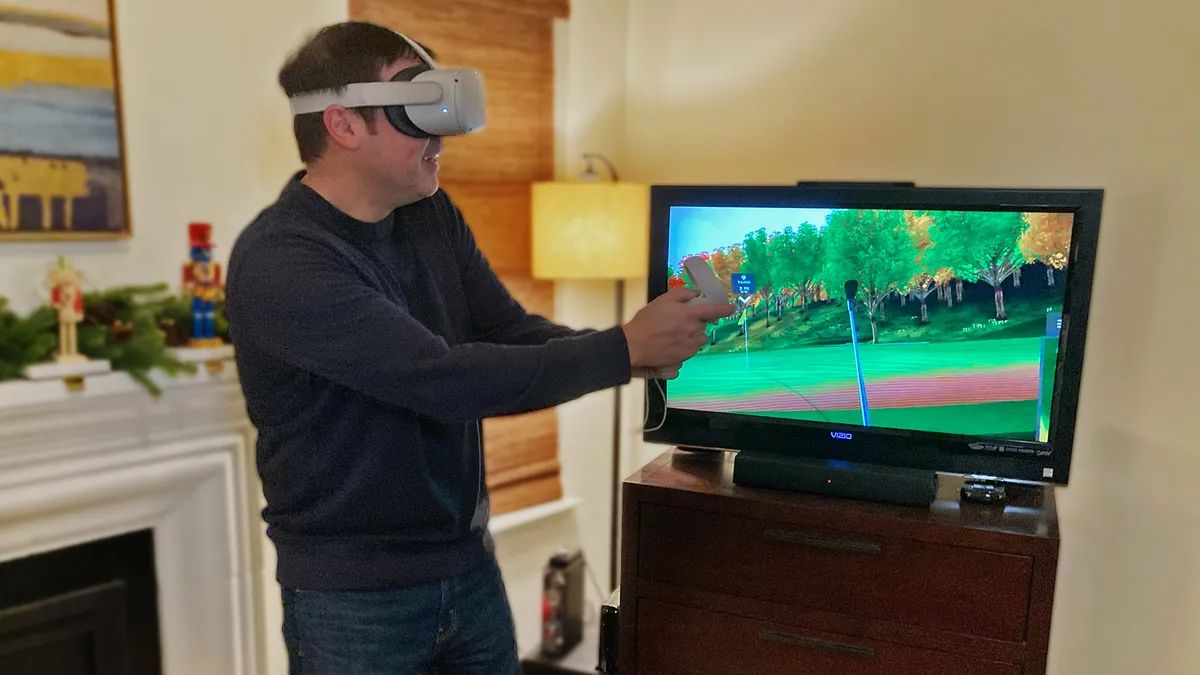Introduction
As gaming enthusiasts, we often seek to immerse ourselves in the captivating worlds of our favorite games. One way to enhance this experience is by using a gaming headset with our TV. Whether you’re looking to enjoy the rich soundscapes of single-player adventures or communicate with friends during multiplayer sessions, a gaming headset can elevate your gaming experience to new heights.
In this guide, we’ll explore the process of connecting and using a gaming headset with your TV, providing you with the knowledge and confidence to optimize your gaming setup. By understanding the intricacies of your gaming headset, mastering the art of connecting it to your TV, and adjusting the settings for optimal performance, you can unlock a new level of immersion and enjoyment.
Furthermore, we’ll delve into troubleshooting common issues that may arise, ensuring that you’re well-equipped to address any technical hiccups along the way. So, let’s embark on this journey to seamlessly integrate your gaming headset with your TV, allowing you to fully immerse yourself in the captivating realms of your favorite games.
Understanding Your Gaming Headset
Before delving into the process of connecting your gaming headset to your TV, it’s essential to understand the key components and features of your headset. Gaming headsets are designed to provide an immersive audio experience, allowing you to hear the nuanced details of in-game sound effects, music, and dialogue.
Most gaming headsets feature high-quality speakers or drivers that deliver rich, dynamic audio. Additionally, many headsets are equipped with a built-in microphone, enabling clear communication with fellow gamers during multiplayer sessions. Understanding the layout of the headset, including the location of volume controls, microphone mute buttons, and audio jacks, is crucial for seamless integration with your TV.
Furthermore, familiarize yourself with the connectivity options of your gaming headset. Some headsets utilize a standard 3.5mm audio jack, while others may require a USB connection for both audio and microphone functionality. Additionally, wireless gaming headsets often rely on USB transmitters or Bluetooth connectivity, offering flexibility in how they can be paired with different devices, including your TV.
Lastly, consider the compatibility of your gaming headset with your TV. While most modern TVs feature a 3.5mm audio output or Bluetooth connectivity, it’s important to ensure that your headset and TV are compatible in terms of audio input and output options. By gaining a comprehensive understanding of your gaming headset’s features and compatibility, you’ll be well-prepared to seamlessly integrate it with your TV for an enhanced gaming experience.
Connecting Your Gaming Headset to Your TV
Once you’ve familiarized yourself with the features and connectivity options of your gaming headset, the next step is to establish a seamless connection with your TV. The method of connection may vary based on the type of gaming headset you own and the available audio input options on your TV.
If your gaming headset utilizes a standard 3.5mm audio jack, connecting it to your TV is relatively straightforward. Most modern TVs are equipped with a 3.5mm audio output, allowing you to directly plug in the headset for audio output. Simply locate the audio output port on your TV, insert the 3.5mm connector from your gaming headset, and ensure that the TV’s audio output settings are configured to the appropriate source, such as “headphones” or “external speakers.”
For gaming headsets that rely on USB connectivity, you may need to check if your TV supports USB audio output. Some TVs feature USB ports that support audio playback, enabling you to connect your gaming headset directly for both audio and microphone functionality. However, it’s important to verify the compatibility of your headset’s USB interface with your TV to ensure seamless connectivity.
Wireless gaming headsets, which often utilize USB transmitters or Bluetooth connectivity, offer a convenient and cable-free connection to your TV. If your TV supports Bluetooth connectivity, you can pair your wireless gaming headset following the manufacturer’s instructions. Alternatively, USB transmitters provided with wireless headsets can be connected to the TV’s USB port for audio transmission, providing a hassle-free setup process.
Regardless of the type of connection, it’s essential to consult your gaming headset’s user manual for specific instructions on connecting it to various devices, including TVs. By following the recommended procedures, you can establish a reliable and seamless connection between your gaming headset and TV, setting the stage for an immersive gaming experience.
Adjusting Settings on Your TV
After successfully connecting your gaming headset to your TV, it’s important to optimize the audio settings on your TV to ensure a tailored and immersive gaming experience. By adjusting specific settings, you can fine-tune the audio output to complement the capabilities of your gaming headset, enhancing both the clarity and depth of in-game audio.
One crucial setting to consider is the audio output mode. Most modern TVs offer various audio output modes, such as stereo, surround sound, or virtual surround sound. Depending on the capabilities of your gaming headset, you can select the appropriate output mode that best aligns with the headset’s audio processing features. For instance, if your gaming headset boasts virtual surround sound technology, enabling the corresponding audio output mode on your TV can optimize the spatial audio experience.
Additionally, explore the equalizer settings on your TV to customize the audio output based on your preferences. Adjusting the equalizer allows you to fine-tune the balance of frequencies, such as bass, midrange, and treble, to achieve an audio profile that enhances the overall gaming experience. By experimenting with the equalizer settings, you can tailor the audio output to suit different game genres, from immersive open-world adventures to fast-paced multiplayer action.
Furthermore, consider enabling any audio enhancements or post-processing features offered by your TV. These enhancements, such as dynamic range compression or dialogue enhancement, can optimize the audio output for gaming, ensuring that crucial sound cues and dialogue remain clear and impactful. However, it’s important to strike a balance and avoid excessive processing that may detract from the headset’s inherent audio quality.
For wireless gaming headsets that rely on Bluetooth connectivity, it’s essential to ensure that the TV’s Bluetooth settings are configured to provide a stable and low-latency connection. Some TVs offer specific Bluetooth audio settings, such as “Bluetooth audio sync,” which can minimize audio delay and synchronization issues, particularly during fast-paced gaming scenarios.
By carefully adjusting the audio settings on your TV to complement the capabilities of your gaming headset, you can create a personalized audio environment that amplifies the immersive qualities of your gaming experience. Experiment with different settings to find the optimal configuration that aligns with your gaming preferences and the capabilities of your gaming headset.
Troubleshooting Common Issues
While connecting and using a gaming headset with your TV can significantly enhance your gaming experience, it’s important to be prepared to troubleshoot common issues that may arise during the setup process or while gaming. By addressing these issues proactively, you can ensure a seamless and uninterrupted gaming experience.
One common issue that users may encounter is audio distortion or static when using a gaming headset with their TV. This distortion can stem from incompatible audio settings, signal interference, or hardware issues. To address this, verify that the audio output settings on your TV align with the specifications recommended for your gaming headset. Additionally, minimizing potential sources of signal interference, such as other wireless devices or electronic appliances, can help mitigate audio distortion.
If you’re experiencing intermittent connectivity or audio dropouts with a wireless gaming headset, consider optimizing the placement of the wireless transmitter or the distance between the headset and the TV. Ensuring a clear line of sight between the transmitter and the headset, as well as minimizing obstructions, can improve signal stability and reduce potential dropouts.
For users encountering microphone issues, such as muffled or inaudible voice transmission, it’s essential to inspect the microphone settings on both the gaming headset and the TV. Adjusting the microphone sensitivity and monitoring the input levels can help address issues related to microphone clarity and volume. Additionally, verifying that the microphone is securely connected and free from obstructions can contribute to optimal performance.
If you’re unable to hear audio through your gaming headset after connecting it to the TV, double-check the audio output settings on the TV to ensure that the correct audio source is selected. Additionally, inspect the audio cable or connection interface for any signs of damage or wear that may impede proper audio transmission. Replacing the audio cable or utilizing an alternate connection method can help resolve connectivity issues.
In the event of persistent issues, consulting the user manual of your gaming headset and TV can provide specific troubleshooting steps tailored to your devices. Additionally, reaching out to the customer support channels of the respective manufacturers can offer valuable assistance in diagnosing and resolving technical issues.
By familiarizing yourself with these common issues and their potential solutions, you can navigate the process of using a gaming headset with your TV with confidence, ensuring that technical hiccups do not detract from your immersive gaming experiences.
Conclusion
Embarking on the journey to integrate your gaming headset with your TV has equipped you with the knowledge and skills to elevate your gaming experience to new heights. By understanding the intricacies of your gaming headset, mastering the connection process, optimizing TV settings, and troubleshooting common issues, you’ve paved the way for a seamless and immersive gaming setup.
As you immerse yourself in the captivating realms of your favorite games, the enhanced audio fidelity and clear communication facilitated by your gaming headset will undoubtedly enrich your gaming sessions. The tailored audio settings on your TV, complementing the capabilities of your headset, will further amplify the depth and nuance of in-game soundscapes, allowing you to fully appreciate the audio intricacies crafted by game developers.
Moreover, by proactively addressing common issues that may arise, you’ve empowered yourself to navigate technical challenges with confidence, ensuring that your gaming experiences remain uninterrupted and enjoyable. Whether it’s troubleshooting audio distortion, optimizing wireless connectivity, or fine-tuning microphone settings, your preparedness will serve as a valuable asset in maintaining a seamless gaming setup.
Ultimately, the seamless integration of your gaming headset with your TV represents a commitment to maximizing the immersive potential of gaming. The fusion of high-quality audio, clear communication, and personalized audio settings creates an environment where every gaming moment is enriched with depth, clarity, and impact.
As you venture into the boundless worlds of gaming, armed with a meticulously integrated gaming headset and TV setup, you’re poised to embark on unforgettable adventures, engage in thrilling multiplayer battles, and immerse yourself in the captivating narratives of your favorite games—all with an enhanced audio experience that truly amplifies the magic of gaming.







